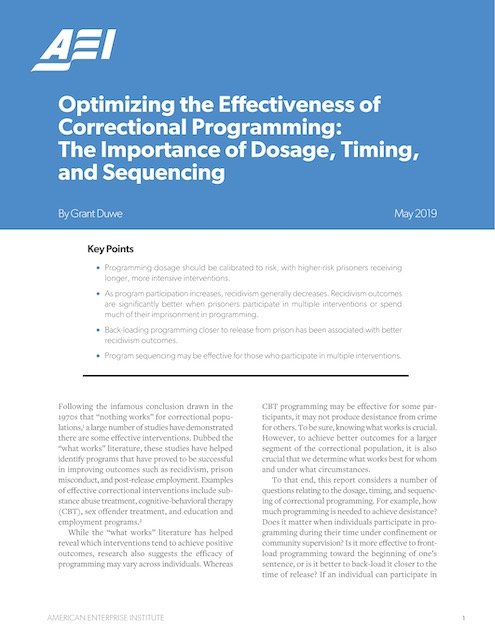By David Spencer
‘The Wicked and the Redeemable’ reveals that:
Despite representing nine percent of the nearly six million people convicted of a criminal offence between 2000 and 2021 prolific offenders receive over half of all convictions.
The Crown Prosecution Service is taking far longer to charge suspects than ever before. It now takes an average of nearly 44 days compared to 14 days seven years ago. These delays are putting vulnerable victims at risk of considerable harm as a result of wholly unnecessary bureaucracy.
The number of cases that have been outstanding for more than 6 months (the expected standard) has quadrupled in the last four years to 30,384 cases. This is part of the biggest ever Crown Court backlog in history (with 64,709 cases now outstanding – double the number four years ago).
Despite already having more than 45 previous convictions, ‘Hyper-Prolific Offenders’ are sent to prison on less than half of all occasions (47.3%) on conviction for an indictable or either-way offence. For ‘Prolific Offenders’, those with 16 previous convictions or more, the number falls to less than a quarter being sent to prison on conviction (24.4%) for an indictable or either-way offence.
London: Policy Exchange, 2023. 54p.









